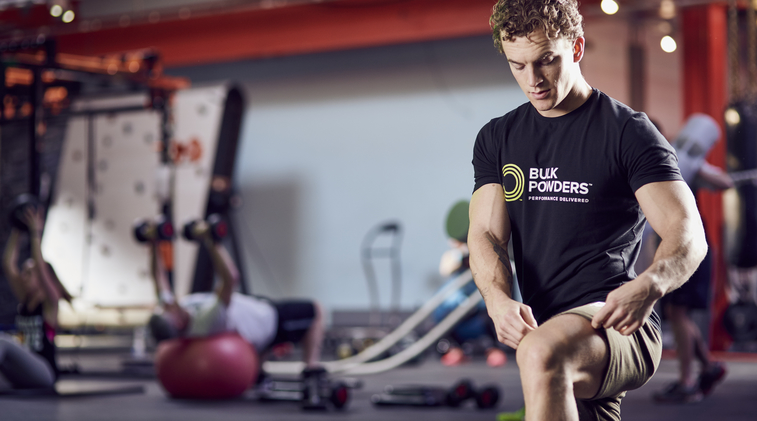What is a Warm Up?
A warm up can be classified as the method used to prepare an athlete mentally and physically for exercise (Jeffreys, 2007). You might be wondering; how do I warm up properly? How long should I stretch for? What type of stretching should I be doing? How should I structure my warm up?
This article will address all the components of a warm up and guide you towards carrying out the best warm up possible to prepare you for your exercise.
Structuring your Warm Up
There is an easy acronym to help you remember the most effective way of structuring your warm up – RAMP.
R stands for raise. The idea of this is simple, perform some exercises/movements that will increase your heart rate such as jogging. This will increase blood flow to the working muscles and raise the body’s temperature. Doing this will improve oxygen delivery and help improve the elasticity of your muscles.
A stands for activate. This is where you should aim to engage key muscle groups that you will be stressing during your session. An example for a gym session leg day may include body weight squats, lunges and jumps. Doing this will further improve the elasticity of the muscles that are going to be worked and increase the oxygenated blood travelling to that region.
M stands for mobilise. Similar to activation, similar exercises will help to increase the production of synovial fluid to the muscle joints. This will help with accessing a full range of motion whilst also decreasing the risk of injury.
P stands for potentiate. This is where you begin to make your warm up more specific. For example, a football player may start to do dribbling or passing exercises. This prepares the mind for the session/game by reinforcing technique and ability.
Following these steps for a warm up lasting between 15-20 minutes should put you in an optimal state to carry out your exercise.
Stretching During Your Warm
This is a controversial area within the sport and exercise industry at the moment and has had a lot of debate in recent times.
The general consensus has always been that you should perform dynamic and static stretching prior to exercise. However, through research, the advice towards stretching is starting to shift.
It has been found that static stretching leads to a decrease in running performance and increases the energy cost of running (Wilson et al, 2010). A study by Lauersen et al, (2014) even found that stretching has no benefit on injury prevention.
So what advice would we give regarding stretching? We feel that within the mobilisation and activation phase of your warm up that you gradually increase the range of motion of the movement patterns you are performing. Then, perform some dynamic stretches (20-30 seconds) which slowly increase the range of motion. It would only be after this that you statically stretch – but only if you have had a previous injury in a certain area or a certain muscle feels tight. This should be held for 12-15 seconds.
A new substitute for stretching is proprioceptive training. This involves exercises which force the body to focus on body position and control such as balancing and stabilisation exercises e.g. jumping. This has been said to have a greater impact on preventing injury than stretching (Lauersen et al, 2014).
The benefit of this is that it strengthens the kinetic chain. This is made up of key stable and mobile joints in our body (spine, hip, knee and ankle). If there is a weakness in the chain, then it is more likely that injury will occur. So by strengthening areas of the chain, we are less likely to injure ourselves.
In summary; follow the RAMP guideline, think about your stretching and gradually increase the range of motion, and include proprioceptive training into your warm up as this is becoming a more profound method of injury prevention.
For more advice on warm ups, read our article by Rebecca Campsall on the importance of a warm up.
References
Jeffreys, I., 2007. Warm-up revisited: The ramp method of optimizing warm-ups. Professional Strength and Conditioning, 2(6), pp.12-18.
Lauersen, J.B., Bertelsen, D.M. and Andersen, L.B., 2014. The effectiveness of exercise interventions to prevent sports injuries: a systematic review and meta-analysis of randomised controlled trials. Br J Sports Med, 48(11), pp.871-877.
Wilson, J.M., Hornbuckle, L.M., Kim, J.S., Ugrinowitsch, C., Lee, S.R., Zourdos, M.C., Sommer, B. and Panton, L.B., 2010. Effects of static stretching on energy cost and running endurance performance. The Journal of Strength & Conditioning Research, 24(9), pp.2274-2279.
About the Author
Connor Stead and Andrew Triggs are Sport and Exercise Science students who write about training, nutrition and supplementation in exercise. Their background in sport comes mainly from football where they coach and compete at university level. More recently, they have started giving training and nutritional advice through Instagram (@trainingwithscience).
















